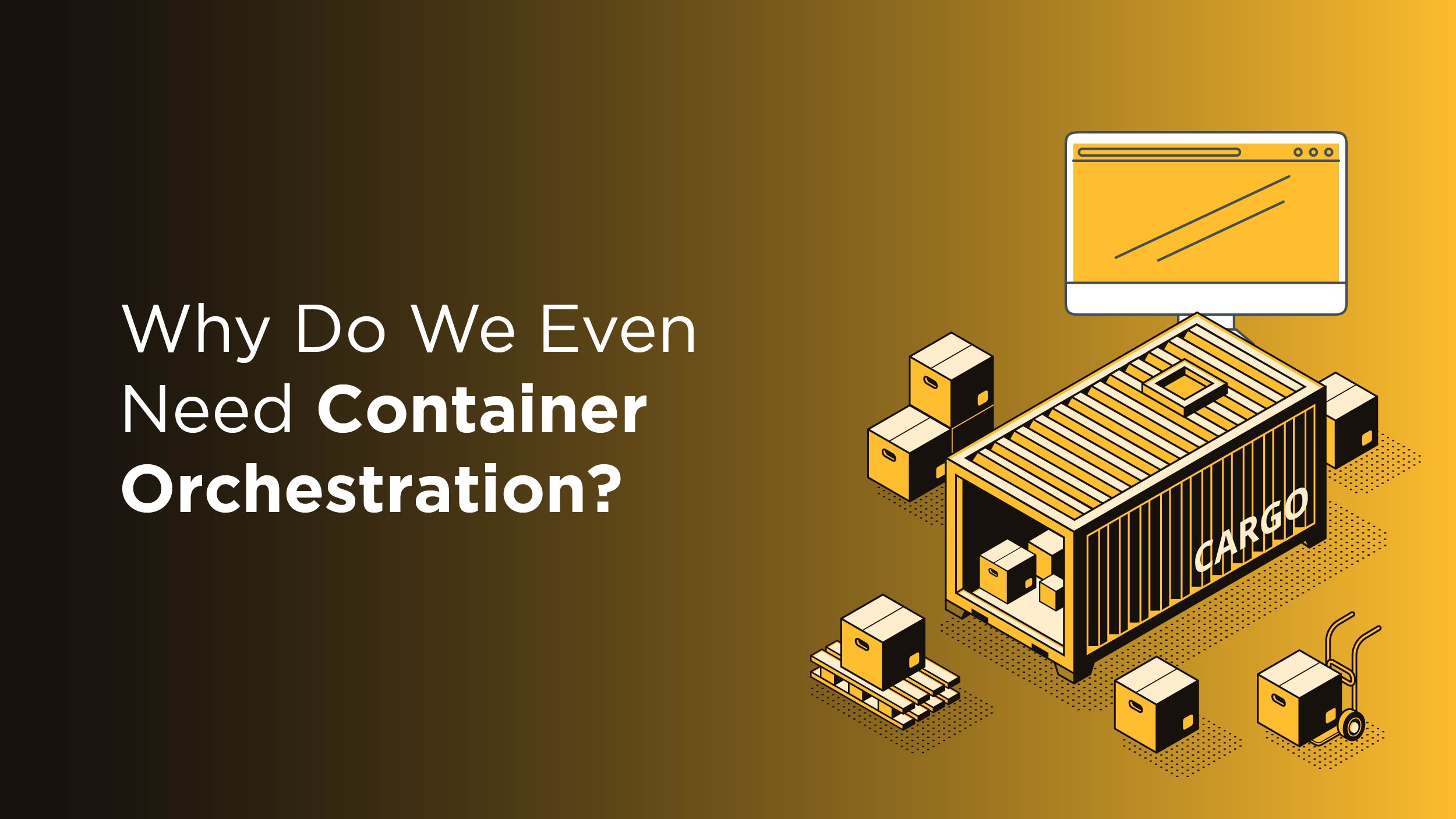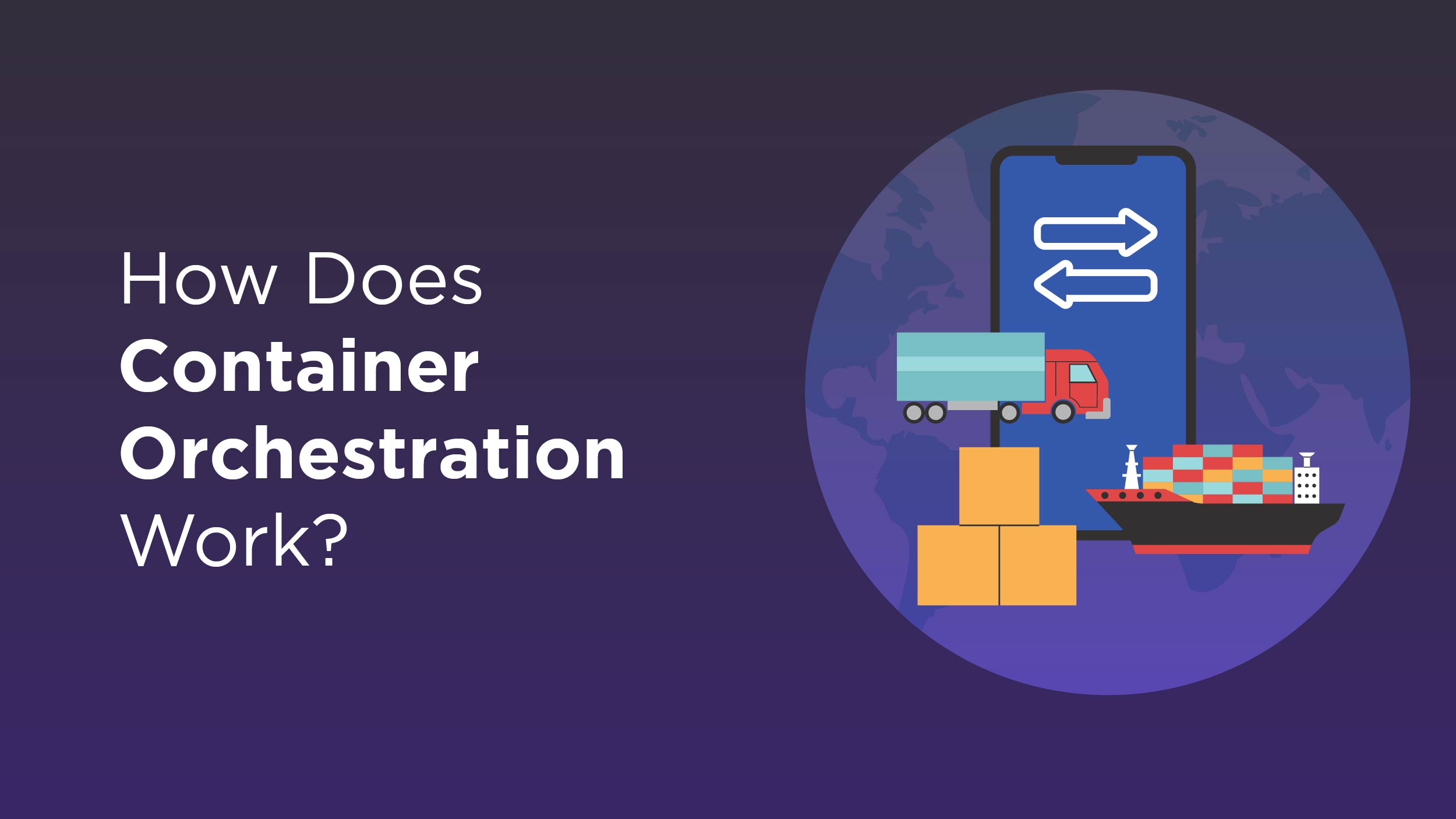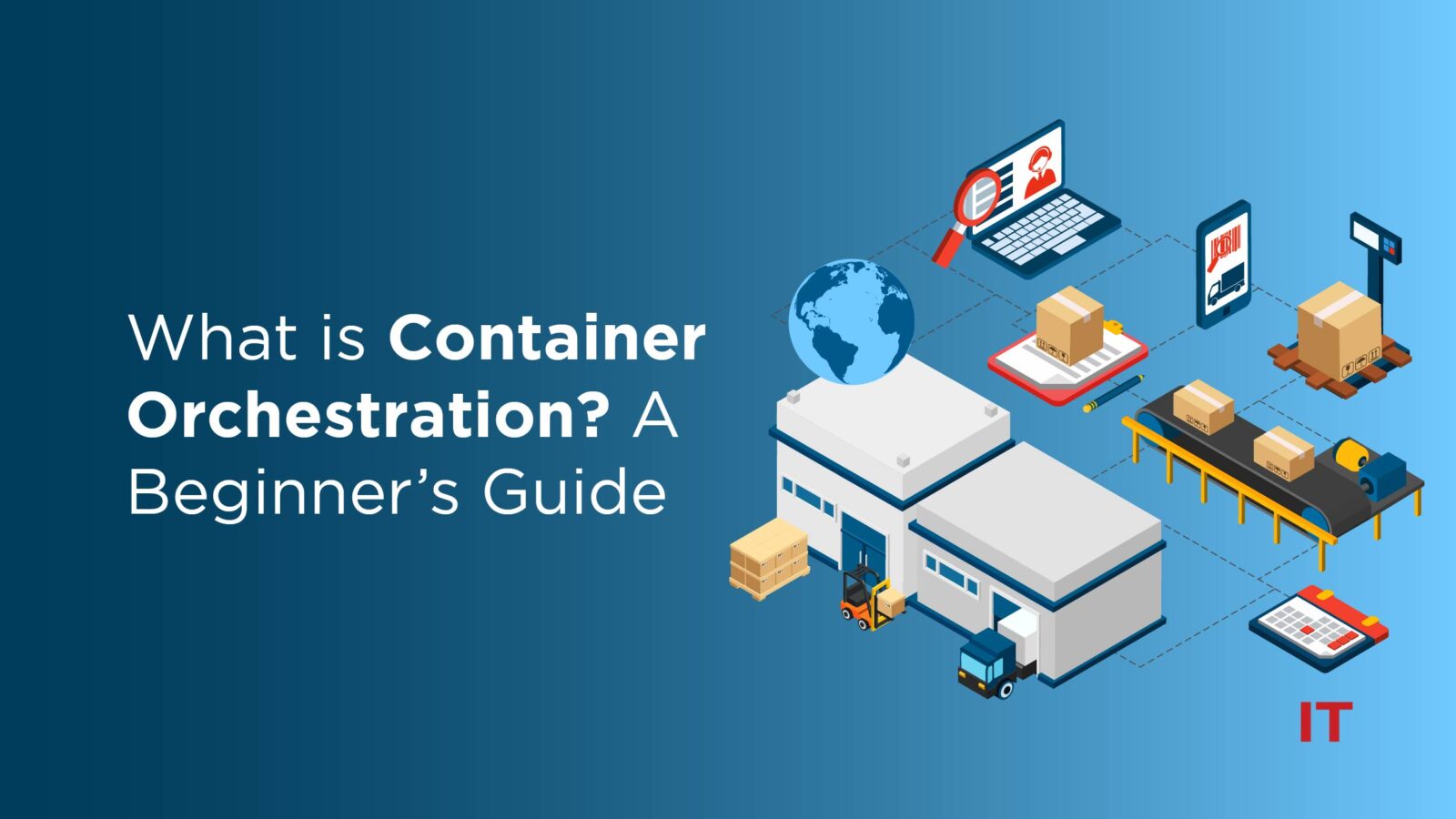Today’s organizations must manage intricate applications made up of several containers, each with unique requirements and dependencies. Managing and deploying containers manually gets more difficult as their quantity rises, which might result in mistakes and inefficiencies. Here’s where container orchestration proves to be a successful solution.
Organizations can handle large-scale containerized applications more effectively due to orchestration, which automates the deployment, scaling, and administration of containers. This article explains how orchestration works, its benefits, different types of tools, and more.
What Is Container Orchestration?
Container orchestration refers to the process of automating the deployment, management, scaling, and networking of containers. So, what are containers? Well, they’re like these lightweight, isolated environments that package applications and all their dependencies. The cool thing is, that these containers can run smoothly across different computing environments.
 Figure showing a detailed mechanism of orchestration
Figure showing a detailed mechanism of orchestration
So now you have a bunch of containers, each containing a different part of an application. What you need now is orchestration. It helps you with deploying those containers to different machines, giving each of them adequate resources, and making them communicate with each other. It’s like a person conducting an orchestra. Without someone telling each instrument where to go, the symphony wouldn’t have happened. Same with containers. You need someone to tell them where to go and deploy them accordingly.
To make all this happen, we’ve got container orchestration tools like Kubernetes and Docker Swarm.
Why Do We Even Need Container Orchestration?
 Things may get quite complicated very quickly when it comes to using containers in a production environment. Especially when you include microservices, which are separate processes that operate in separate containers. You can end up with hundreds or even thousands of containers to deal with, especially in large-scale systems.
Things may get quite complicated very quickly when it comes to using containers in a production environment. Especially when you include microservices, which are separate processes that operate in separate containers. You can end up with hundreds or even thousands of containers to deal with, especially in large-scale systems.
Now, managing all of that manually? That could be a headache. This is where orchestration comes in. It helps DevOps (development operations), making the operational complexity a whole lot more manageable. How? By automating a bunch of the work in a nice, declarative way.
So why is this a big deal for DevOps teams? Well, because they’re all about speed and agility. They want to operate at lightning speed and adapt quickly and orchestration helps with that. It helps DevOps teams do their thing, allowing them to work faster and more efficiently than traditional software teams.
Also Read: What is SaaS Integration and Why is it Important for Business?
Benefits of Container Orchestration
One of the coolest things about orchestration is how it simplifies operations. I mean, who doesn’t love automation, right? Automating tasks, not only makes managing containerized apps a breeze but also brings a whole bunch of other advantages along with it.
- Reliable application development: Orchestration tools make the whole development process faster and more repeatable. That means you can deploy your apps at lightning speed. This is perfect for agile development approaches like DevOps.
- Scalability: With orchestration, you have the power to scale your container deployments up or down whenever you need to. Plus, if you choose a managed offering with cloud services, you get that extra scalability boost. This means you can scale your infrastructure on demand.
- Cost-effectiveness: Containers are a budget-friendly option. They require fewer resources than those clunky virtual machines, which means you save on infrastructure and overhead costs. And these orchestration platforms also save you on human capital and time.
- Security: You can manage those security policies across different platforms, keeping everything locked down. It also helps prevent those pesky human errors that can lead to vulnerabilities. Containers also isolate your application processes, making it harder for attackers to sneak in.
- High availability: With orchestration tools, you can easily spot and fix any infrastructure failures. The orchestration tool will automatically restart or replace in case containers malfunction, keeping your apps up and running.
- Productivity: Orchestration automates all those repetitive tasks and the hassle of installing, managing, and maintaining containers. That means more time to focus on the fun stuff, like building apps.
How Does Container Orchestration Work?
 YAML or JSON files are used to specify how an application should be configured when utilizing a container orchestration technology such as Kubernetes. This configuration file tells the tool where to find the container images, how to set up the network, and where to store the logs.
YAML or JSON files are used to specify how an application should be configured when utilizing a container orchestration technology such as Kubernetes. This configuration file tells the tool where to find the container images, how to set up the network, and where to store the logs.
Now, when you deploy a new container, the management tool automatically figures out which cluster and host it should go to, taking into account any specific requirements or restrictions you’ve set. Once it’s deployed, the orchestration tool takes charge of the container’s lifecycle based on the specifications you’ve defined in the compose file.
Using Kubernetes patterns, you can easily manage the configuration, lifecycle, and scalability of your container-based applications and services. These patterns are basically the tools that Kubernetes developers use to build complete systems.
And here’s the cool part: orchestration can be used in any kind of environment that runs containers. It doesn’t matter if you’re using on-premise servers or public or private cloud setups – this technology works everywhere.
Container Orchestration Using Kubernetes Explained
Kubernetes is an open-source and popular orchestration platform among developers. With Kubernetes, you can easily build your own containerized applications and services. But that’s not all! It also helps you scale, schedule, and monitor containers. As of 2022, 96% of Sysdig global customer containers are deployed on Kubernetes.
But, are there other options for container orchestration? Absolutely! Apache Mesos and Docker Swarm are also good choices. However, Kubernetes is more sought-after due to its container capabilities and its numerous features that support the development of cloud-native applications. Plus, there are tons of commercial and hosted Kubernetes tools out there for you to begin with.
It can adapt to and run in all sorts of environments. It’s highly extensible and portable, so you can use it with other fancy technologies like service meshes. But wait, there’s more. Kubernetes isn’t just about automation. It’s also highly declarative. That means developers and administrators can use it to describe how they want a system to behave.
And guess what? Kubernetes takes those descriptions and makes the magic happen in real time.
So, whether you’re a developer or an admin, Kubernetes is the go-to platform for container orchestration, offering flexibility, scalability, and a whole lot of awesomeness.
Concluding Thoughts
Container orchestration is not just some passing trend, but rather a significant shift in how we design and manage applications. These tools have not only made the deployment process easier, but they have also given organizations the power to achieve unmatched scalability, improved security, and optimal use of resources. As the industry keeps evolving, embracing orchestration becomes crucial for organizations that want to stay ahead of the game, innovate, and deliver top-notch software solutions.
































